腹と腰 HARA to KOSHI
(Ventre et Hanche)
« Le concept du ventre et des hanches
dans la culture japonaise
pour mieux pratiquer le shiatsu et autres disciplines »
Stage de Shiatsu été 2019 animé par Toshi ICHIKAWA
Dans un temple tibétain en Normandie
腹 と 腰 HARA to KOSHI
(Belly and Hip)
«The concept of belly and hips
in Japanese culture
to better practice shiatsu and other disciplines »
Shiatsu internship in Lower Normandy hosted by Toshi ICHIKAWA
In a Tibetan temple in Normandy
Date : Du 27 juillet au 3 août 2019
(sam-sam, 7 jours 7 nuits sur place)
Date: From July 27 to August 3, 2019
(Sat-Sat, 7 days 7 nights on site)
arrival Saturday 27/07 afternoon (at the latest before dinner)
departure saturday 03/08 after lunch
it’s 7 days and nights in full board.
6 days of internship (6.5 days, minus one afternoon off or hike)
Le point de vue des Japonais sur le ventre (腹 HARA, en langue japonaise) et les hanches (腰 KOSHI) est assez particulier.
Traditionnellement, ces parties du corps représentent le moteur énergétique de toutes les activités. Elles ont été mises en valeur dans la plupart des arts traditionnels de ce pays, comme la calligraphie, l’art floral, les arts martiaux, e.t.c…
Ce stage est focalisé sur cet aspect traditionnel et culturel pour approfondir notre pratique du shiatsu. Par des pratiques individuelles et à deux, ce stage focalise sur l’aspect traditionnel et culturel au Japon de la zone du bassin.
Avec ce but, Toshi ICHIKAWA, enseignant japonais agrée par le SPS et FFST, vous propose trois orientations différentes.
The point of view of the Japanese on the belly (腹 HARA, in Japanese language) and the hips (腰 KOSHI) is rather particular.
Traditionally, these parts of the body represent the energetic engine of all activities. They have been showcased in most of the traditional arts of this country, such as calligraphy, floral art, martial arts, e.t.c …
This internship focuses on this traditional and cultural aspect to deepen our shiatsu practice. Through individual and two-person practices, this course focuses on the traditional and cultural aspects of the basin area in Japan.
With this goal, Toshi ICHIKAWA, Japanese teacher approved by the SPS, offers you three different orientations.
Concert de Musique Traditionnelle japonaise.
Shakuhachi
par Keizan ICHIKAWA.
Lieu du concert : Dachang Vajradhara-Ling >>>voir images
Traditional Japanese Music Concert.
shakuhachi
by Keizan ICHIKAWA.
Concert location: Dachang Vajradhara-Ling >>> see pictures
Concerto Shakuhachi di Keizan ICHIKAWA
Musica tradizionale giapponese.
L’ultima sarà di questo tirocinio: venerdì 3 agosto 2019
Luogo del concerto: Dachang Vajradhara-Ling >>> vedi foto
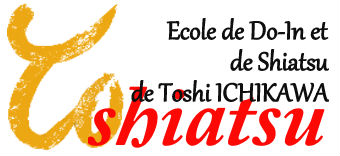
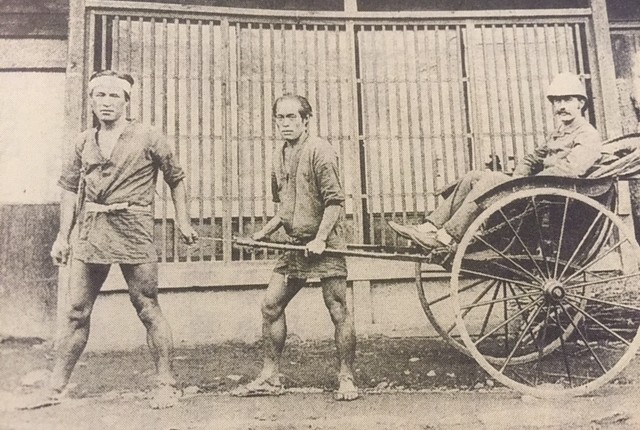
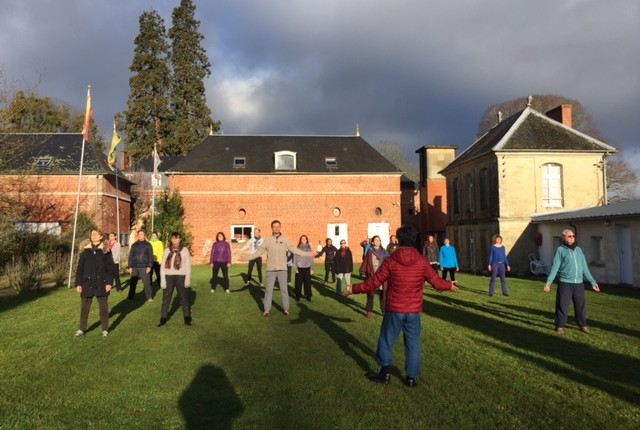


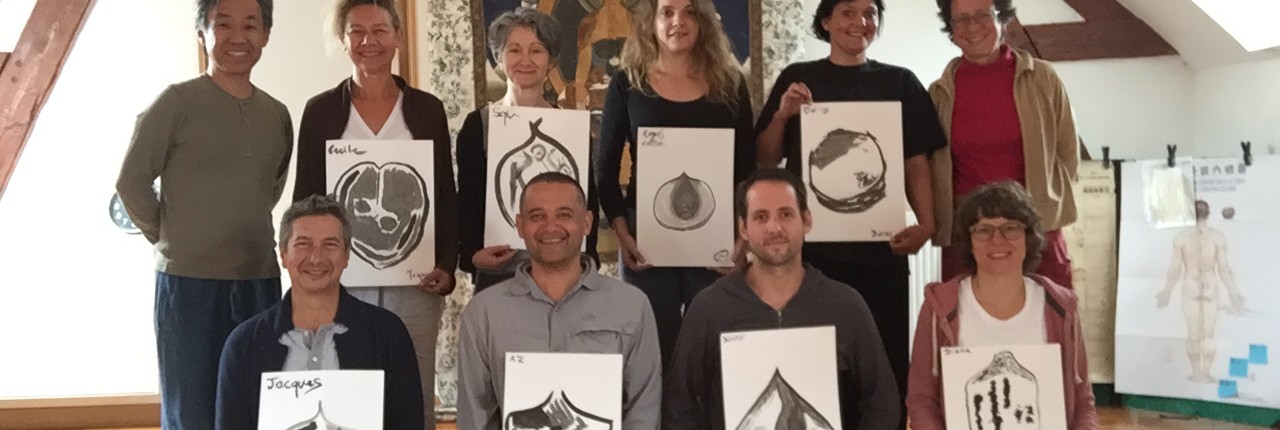
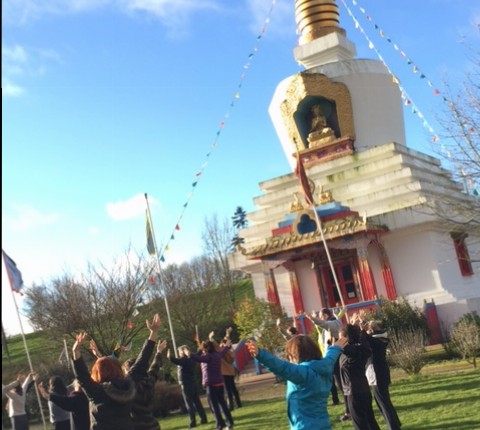
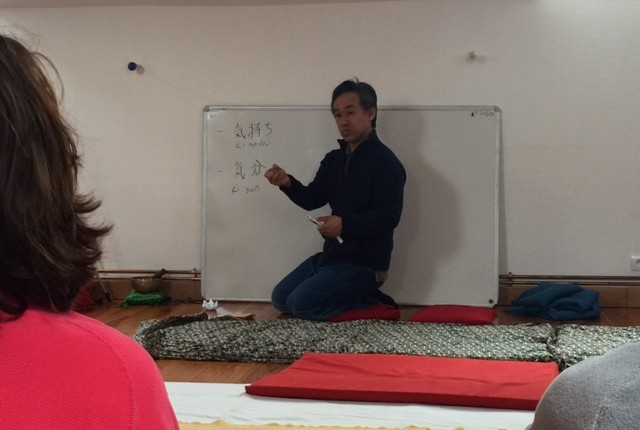
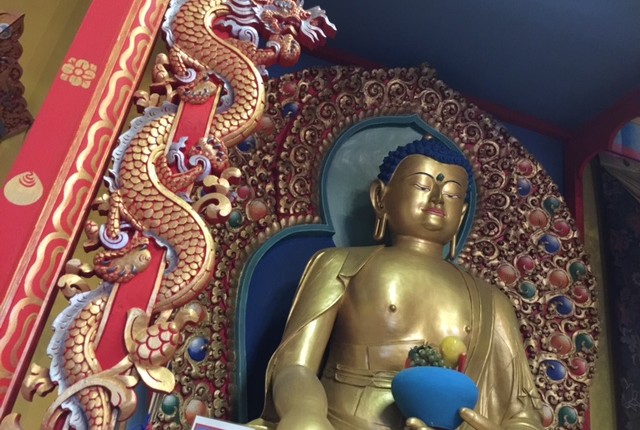
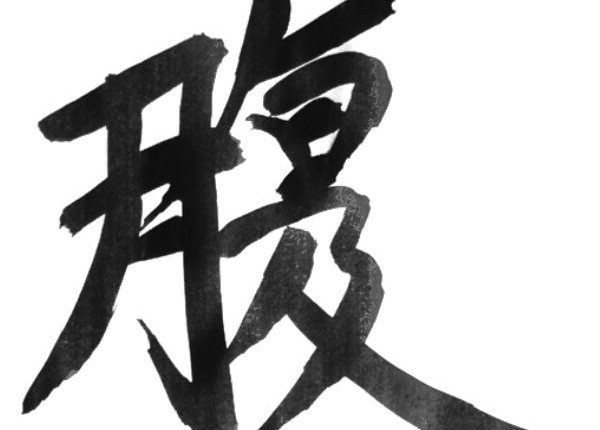
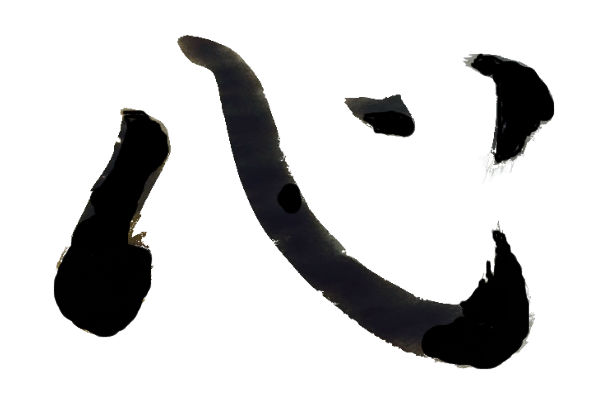
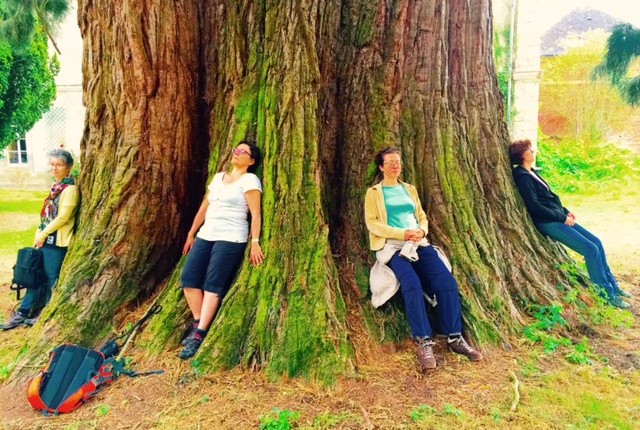
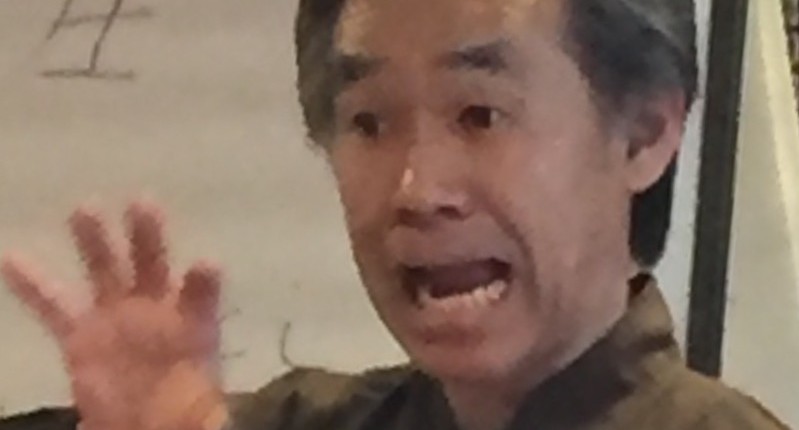




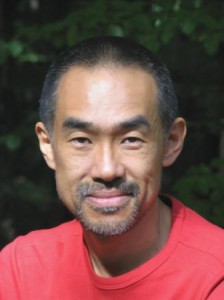
Commentaires récents